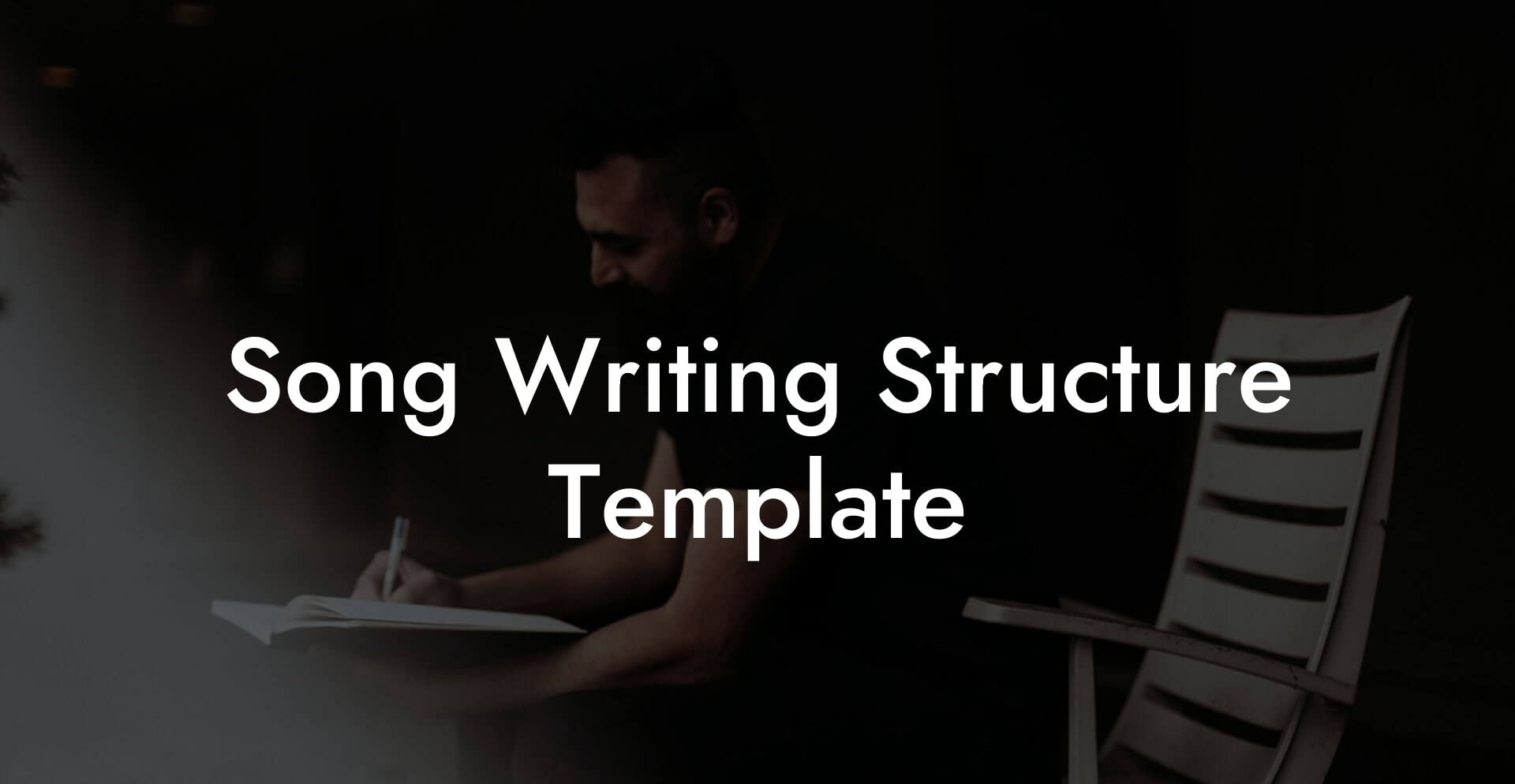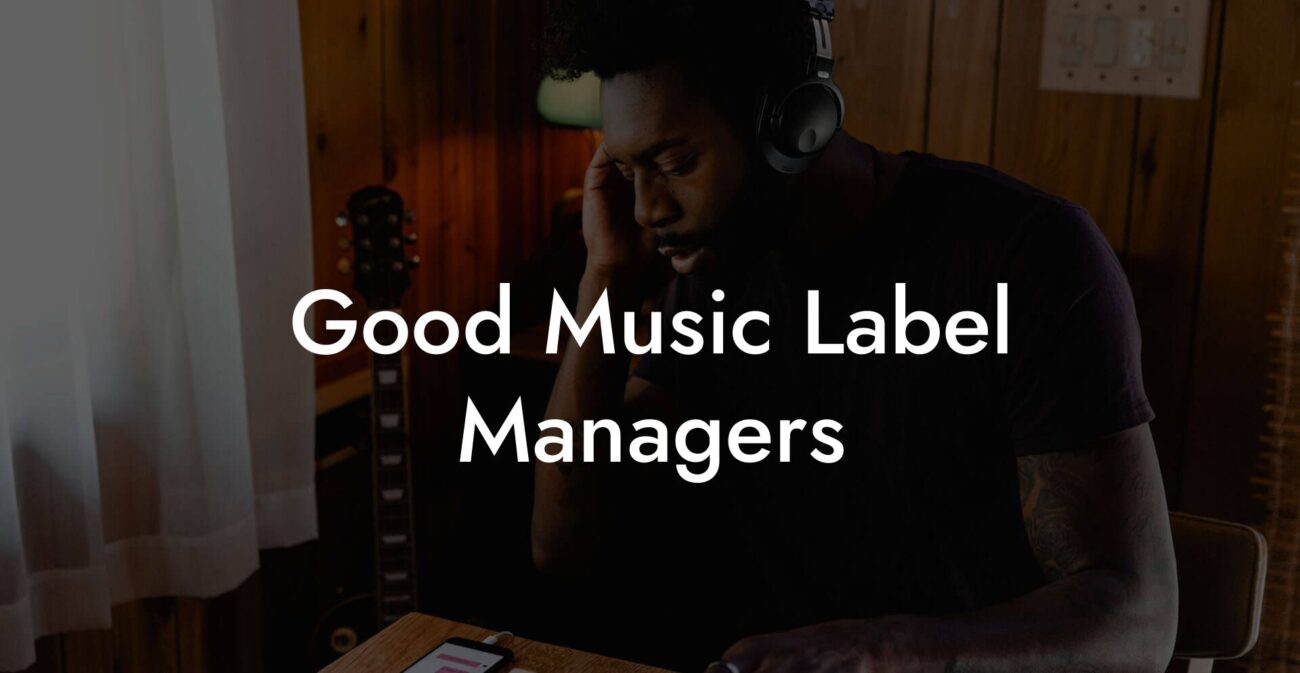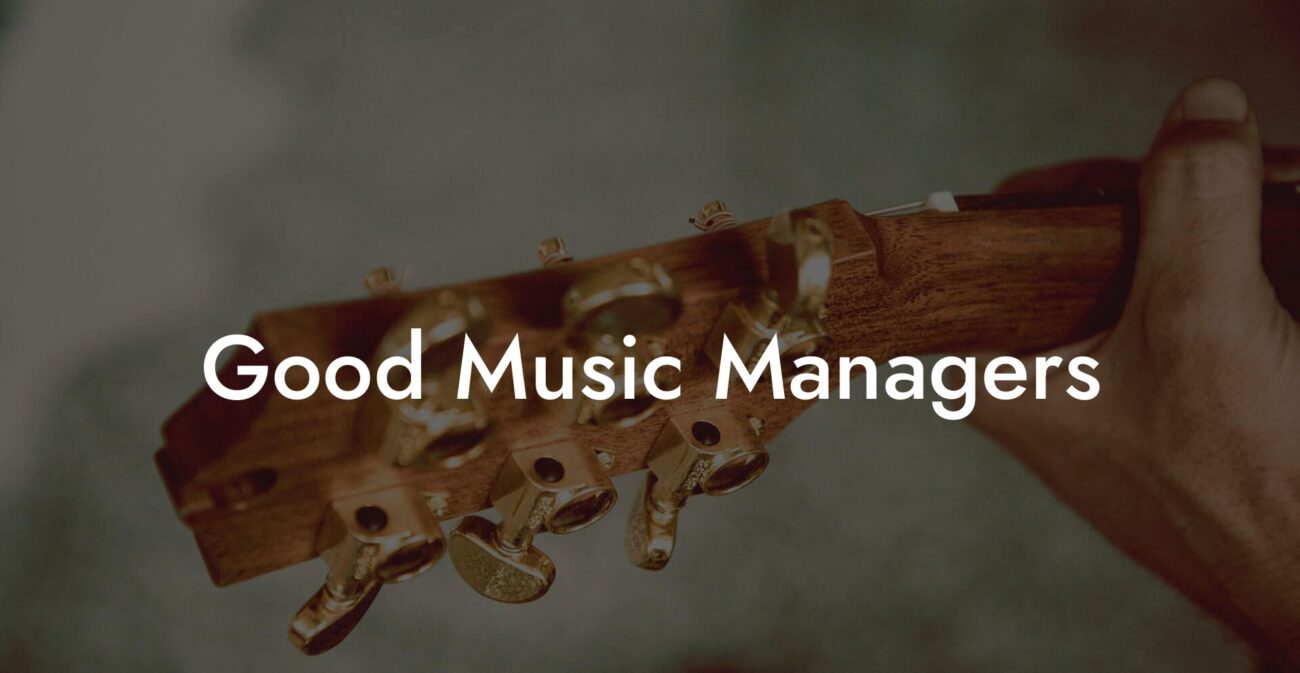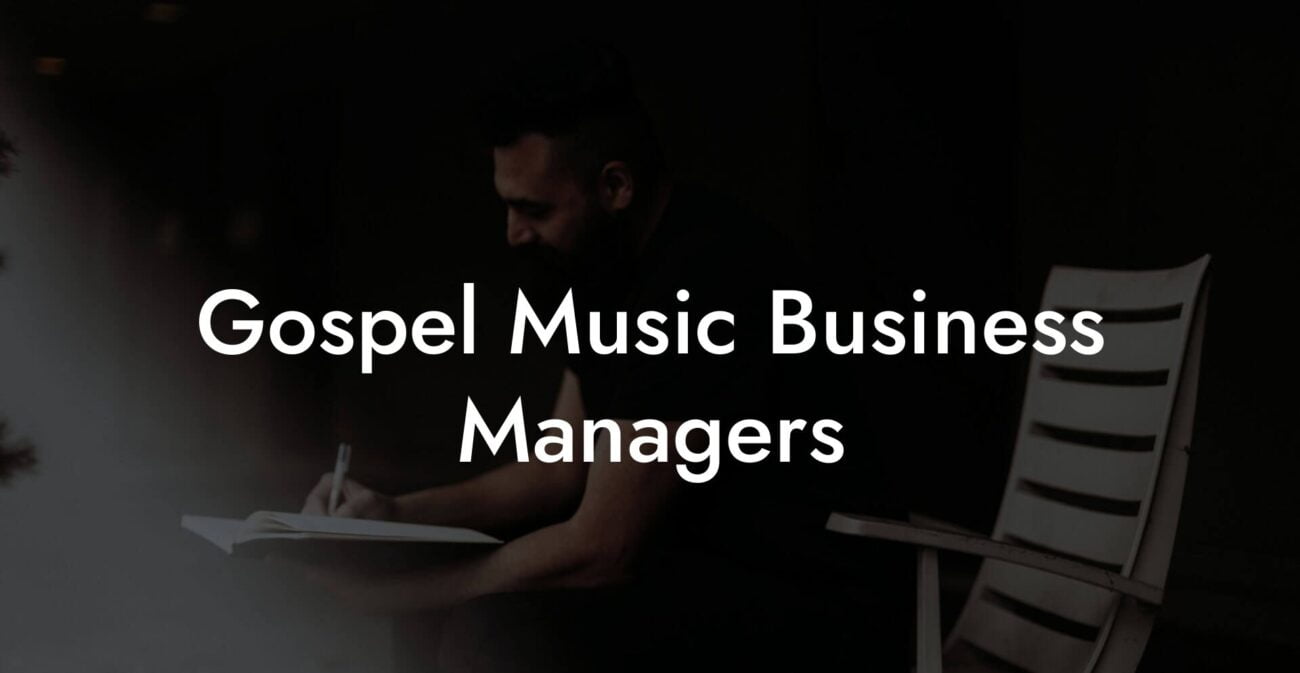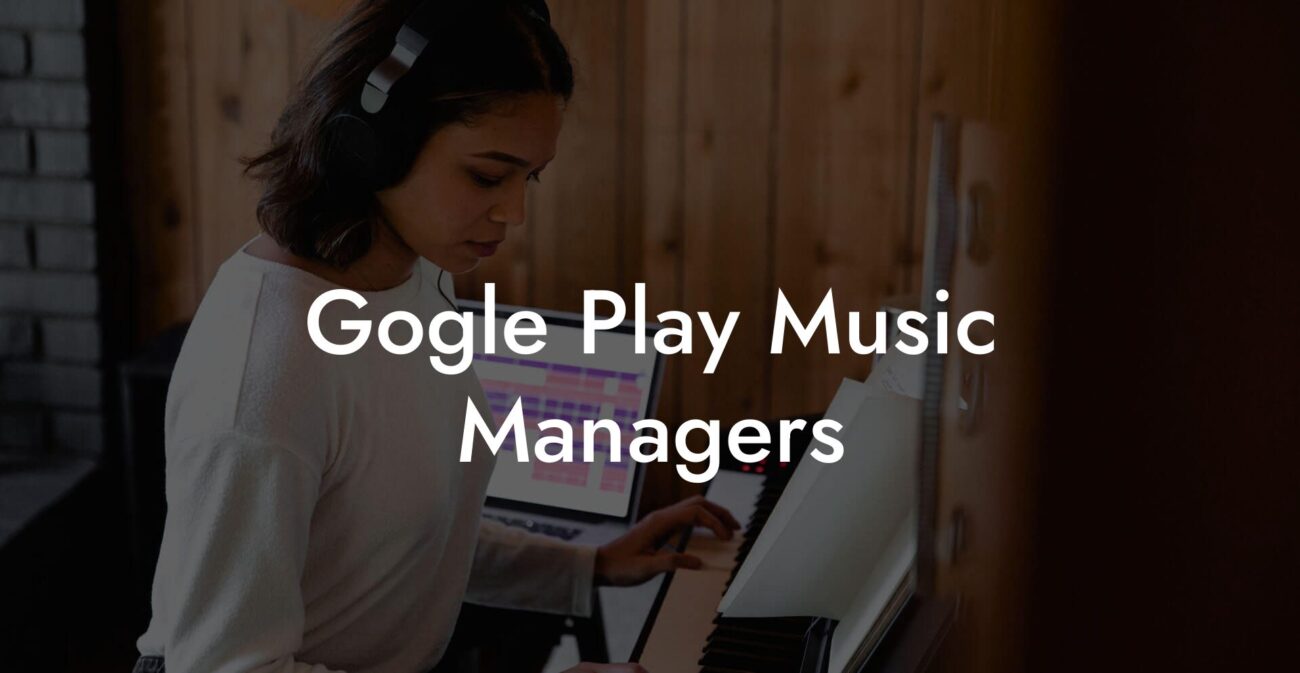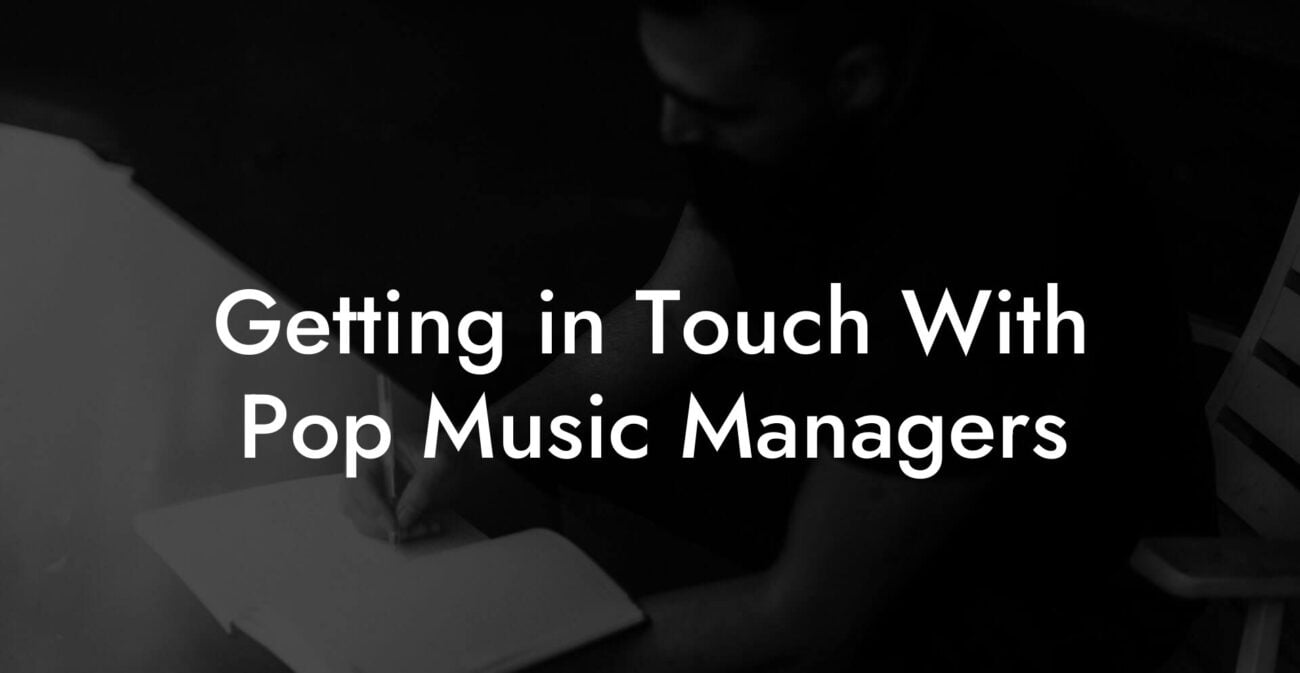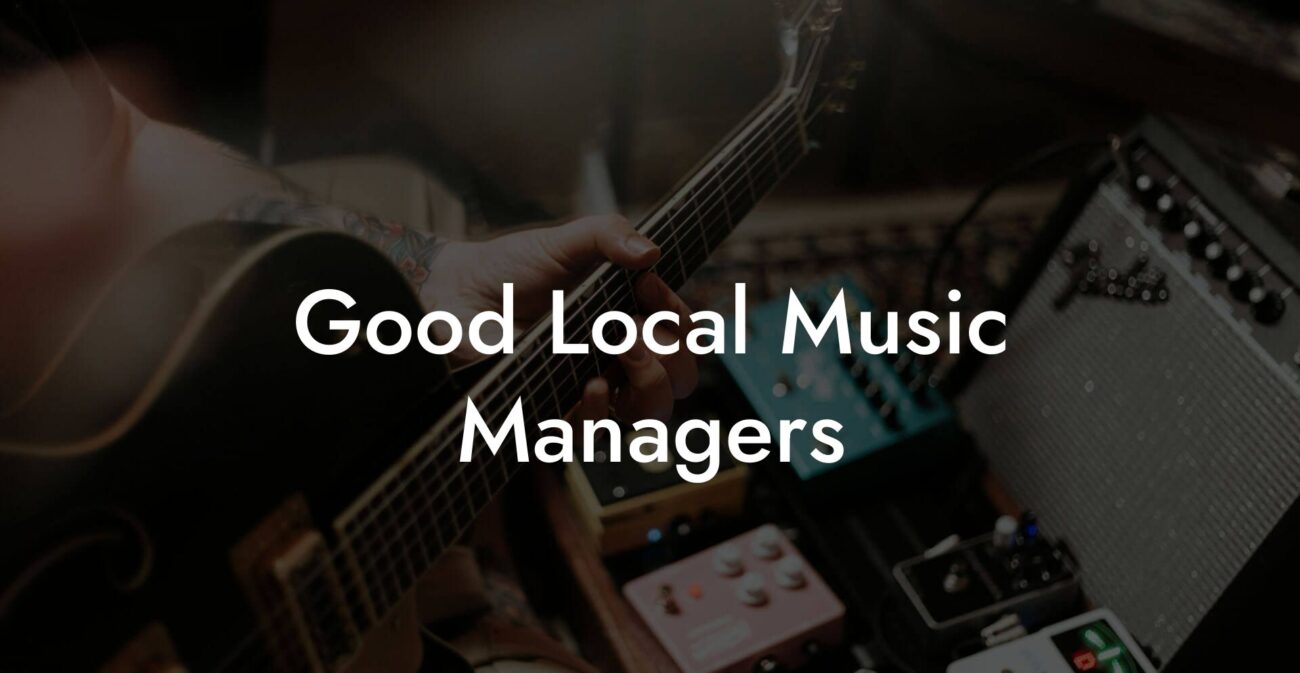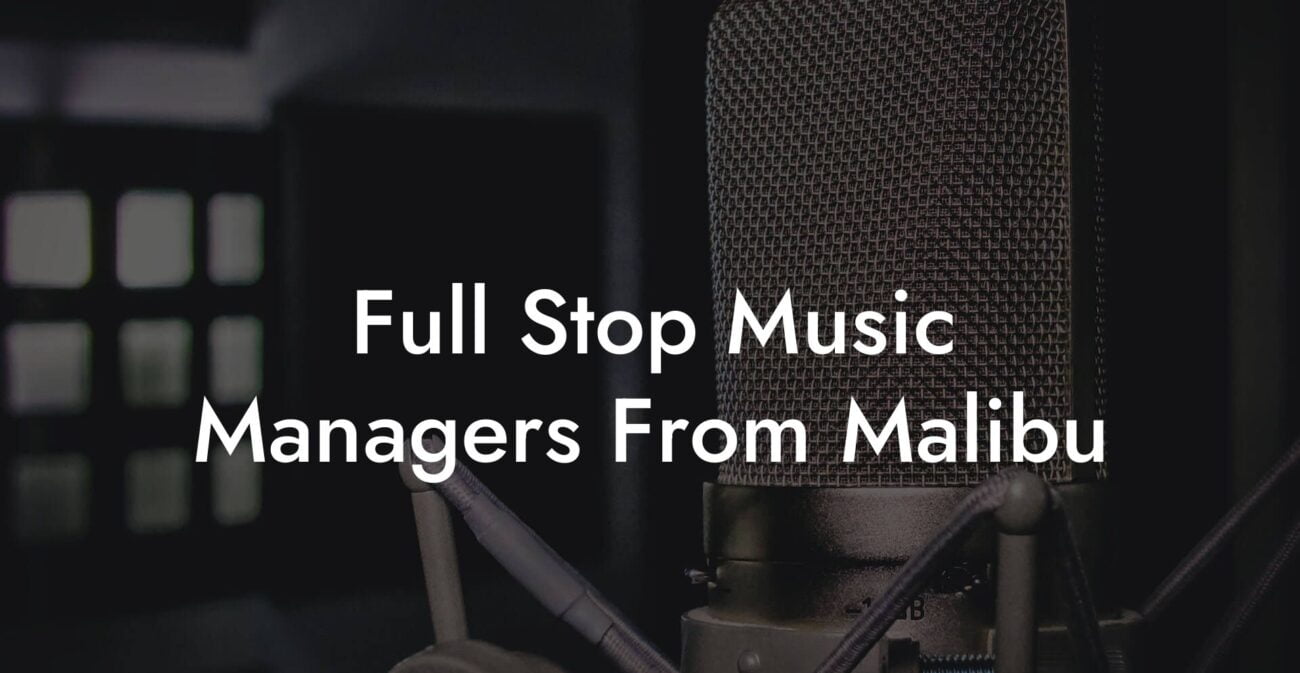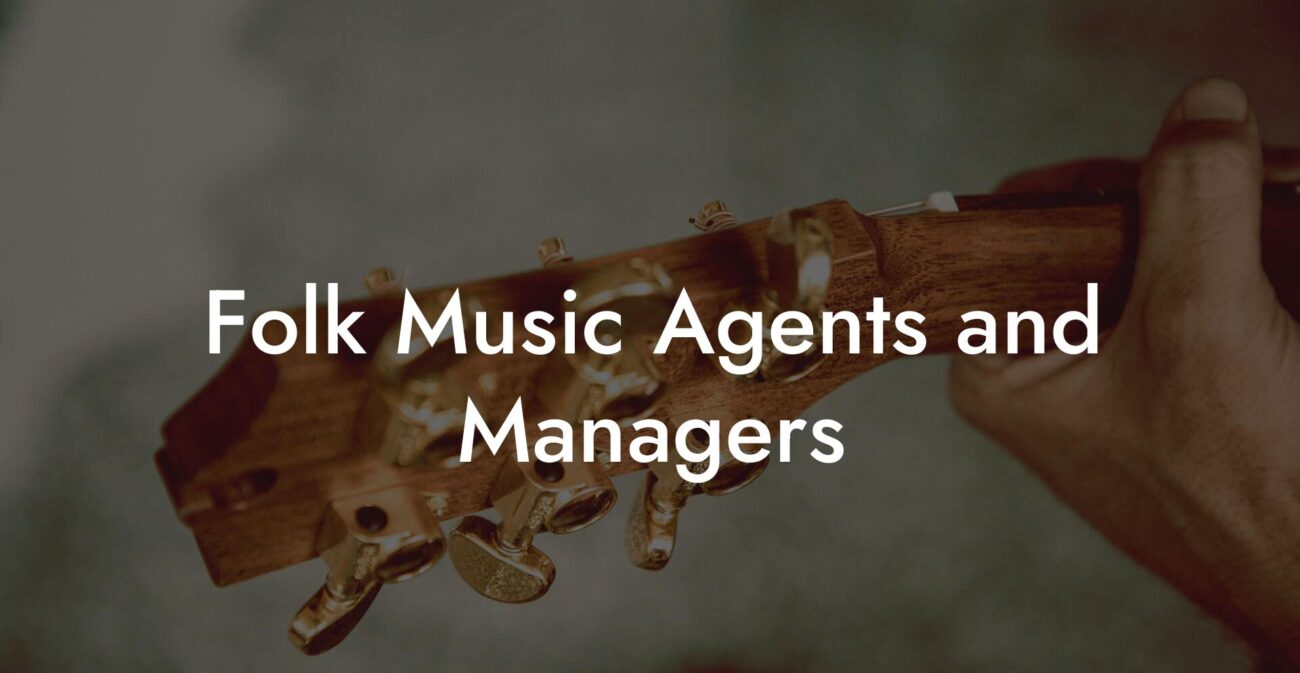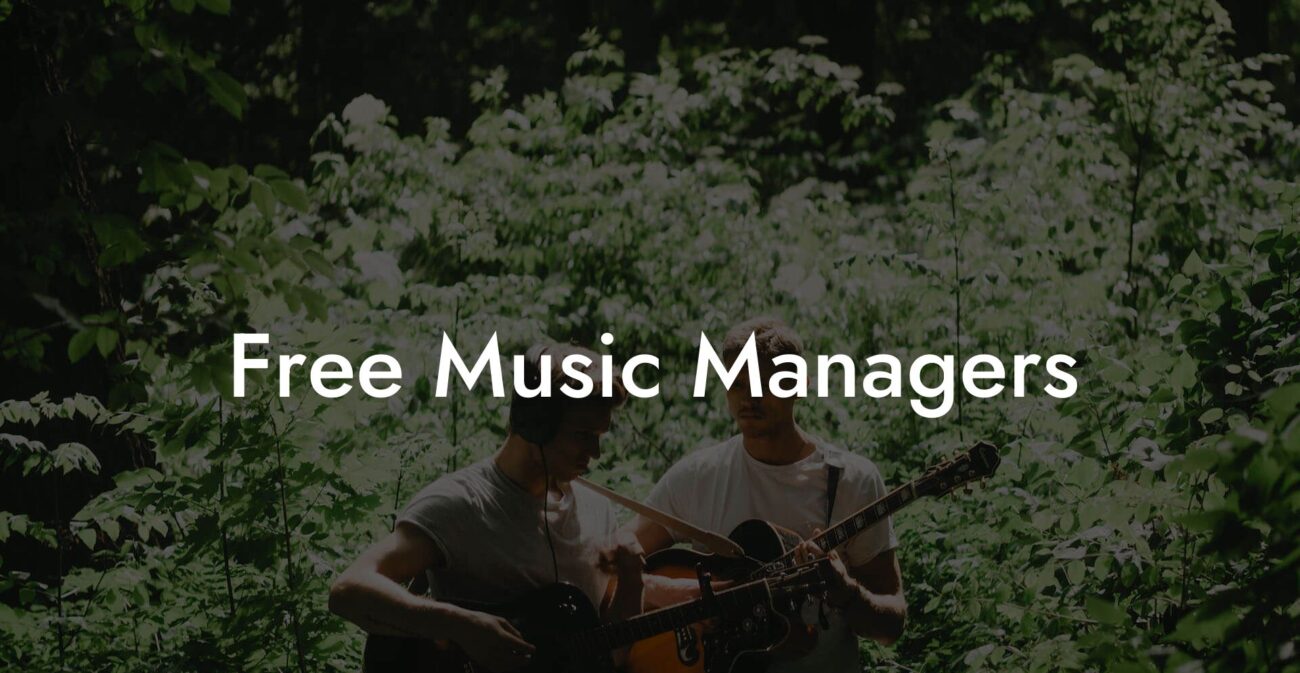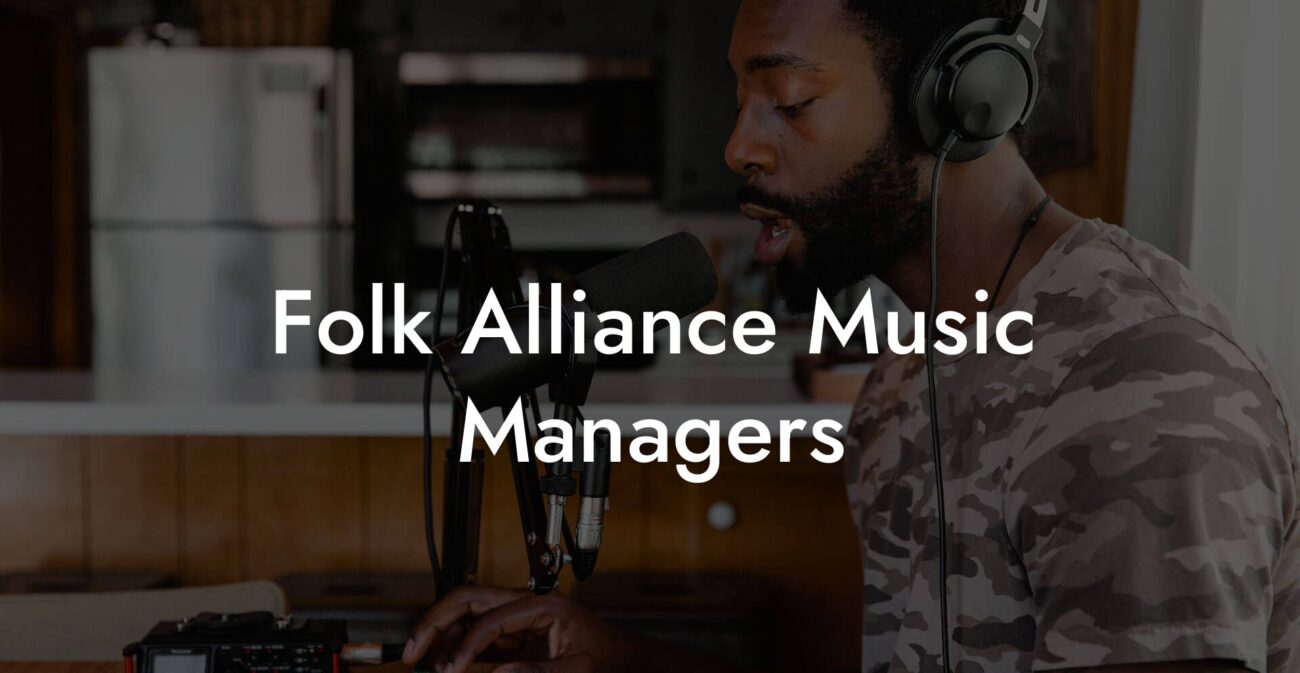Ever felt that writing a song is like trying to solve a Rubik’s Cube blindfolded while riding a unicycle? Welcome, creative soul, to your ultimate guide on the “Song Writing Structure Template”—a playbook that doesn’t just help you write lyrics but transforms your chaotic ideas into chart-topping masterpieces. Whether you’re a bedroom beat maker or a coffee shop crooner, this guide will take you on a ride from the spark of inspiration to that unforgettable hook that lingers in every listener’s brain.
Looking to write your next song? Transform your creative ideas into songs that people will love, and skyrocket your music career with Lyric Assistant. The perfect songwriting assistant. Find out more →
Quick Links to Useful Sections
- What Is a Song Writing Structure Template?
- Why Embrace a Structure in Songwriting?
- Breaking Down the Core Elements of a Song Writing Template
- Different Song Structures to Inspire Your Creativity
- 1. The Classic Pop Structure
- 2. The Verse-Only Storytelling Approach
- 3. The Hook-Driven Structure
- 4. The Experimental Format
- Using the Song Writing Structure Template: Tips and Tricks
- Start With a Spark
- Experiment and Iterate
- Collaborate With Others
- Utilize Technology
- Embrace Imperfection
- A Step-by-Step Guide to Creating Your Own Song Writing Structure Template
- Step 1: Brain Dump Your Ideas
- Step 2: Identify Key Themes and Emotions
- Step 3: Choose Your Preferred Song Structure
- Step 4: Outline the Sections
- Step 5: Allocate Your Ideas Within the Template
- Step 6: Fine-Tuning and Experimentation
- Incorporating Lyric Assistant Tools Into Your Songwriting Process
- Getting Creative With Songwriting: Advanced Techniques
- Mixing Genres and Styles
- Dynamic Key Changes and Tempo Shifts
- Using Literary Devices in Your Lyrics
- Collaborative Songwriting Sessions
- Resources and Community Support: Your Next Steps
- Online Courses and Workshops
- Local and Virtual Networking Groups
- Songwriting Competitions and Open Mics
- Apps and Digital Tools
- Troubleshooting Common Songwriting Challenges
- Writer’s Block
- Losing Direction in Your Template
- Overcomplicating the Lyrics
- Songwriting Case Studies: Real-Life Creative Journeys
- Case Study 1: From Bedroom Jams to Viral Hits
- Case Study 2: The Art of Reinvention
- Case Study 3: Collaborative Masterpieces
- Integrative Songwriting Practices: Blending Structure With Spontaneity
- Emerging Trends in Songwriting: What’s Next?
- AI-Powered Creativity
- Hybrid Structures
- Remote Collaboration
- Song Writing Structure Template FAQs: Your Top Questions Answered
- Your Journey to Musical Mastery with a Structured Twist
What Is a Song Writing Structure Template?
Picture this: a roadmap specifically designed for your musical journey where every beat, verse, chorus, and bridge has its dedicated spot. A Song Writing Structure Template is exactly that—a blueprint that helps you organize your ideas, create catchy rhythms, and craft lyrics that click. It’s like having a cheat sheet for your creative process, ensuring that whether you’re writing a pop hit or an indie ballad, you don’t lose track of your message or the flow of your song.
This template demystifies the traditional formula of songwriting by breaking it down into manageable sections. By harnessing the power of structure, you can turn random bursts of inspiration into a cohesive piece of art. With a clear pattern that includes verses, hooks, bridges, and more, you’ll be able to navigate through the creative chaos and create pieces that resonate with your audience.
But hey, don’t worry about being too rigid—this is your creative framework, not a straitjacket. The idea is to offer suggestions that can help your inner artist flourish without stifling your originality.
Why Embrace a Structure in Songwriting?
Structure in songwriting does wonders—it gives your creative musings a backbone, helps you communicate clearly, and makes sure your listeners actually remember the parts of your tune that make them dance or shed a tear. Plus, with a bit of structure, your song becomes more than just a collection of words and notes; it transforms into an experience.
Write Lyrics Like a Professional Songwriter
The ultimate songwriting tool that takes your creative vision to the next level! With just a few clicks, you can unleash your inner songwriter and craft a hit that's uniquely yours. Your song. You own it.
Let’s be real: even the most avant-garde artists often follow some kind of pattern to keep things coherent. A robust songwriting structure template prevents your verse from turning into a “stream-of-consciousness” novel and ensures that your chorus hits like that refreshing drop in a summer anthem.
Moreover, understanding song structure not only enhances your creative output but also boosts your marketability. Record labels, producers, and even potential fans appreciate a well-crafted song that intentionally builds up momentum—it’s the secret sauce that helps your music stand out in a saturated market.
Breaking Down the Core Elements of a Song Writing Template
A killer songwriting structure template typically includes several key components. Here’s a run-down of what you might include:
- Intro: The opening segment that sets the mood and hooks the listener from the get-go.
- Verse: The storytelling part—where you lay down the narrative, vibe, or emotion behind your song.
- Pre-Chorus: A transitional phase that builds anticipation and ramps up the energy for the chorus.
- Chorus: The catchy, memorable part that often contains the main hook or message. This is your song’s heart.
- Bridge: A section that offers contrast—think of it as the plot twist that redefines the themes of your song.
- Outro: The closing segment that leaves the listener with a lasting impression or an open invitation to dream.
Each of these components plays a vital role. While it might seem like a formula, remember that creativity is all about bending the rules and adding your personal flavor. The template is there to support your genius, not to box it in.
Different Song Structures to Inspire Your Creativity
Not all songs are created equal, and neither are their structures. Over the decades, musicians have experimented with various formats to deliver their message effectively. Here are some popular songwriting structures that you might find inspiring:
1. The Classic Pop Structure
This is your bread-and-butter: Intro, Verse, Chorus, Verse, Chorus, Bridge, Chorus, and Outro. It’s reliable, memorable, and the reason so many hits get stuck in your head after just one listen.
2. The Verse-Only Storytelling Approach
Perfect for those narrative-driven ballads or storytelling folk tunes, this structure whisks you through several verses with minimal repetition. Think Bob Dylan or Leonard Cohen, where every word counts a little more.
3. The Hook-Driven Structure
In today’s streaming era, grabbing attention fast is imperative. The hook-driven approach frontloads the best part of your song—often starting with the chorus or a catchy refrain—to immediately captivate the listener.
4. The Experimental Format
Want to break all the rules? Experiment with a non-linear or free-form structure that defies expectations. This style might incorporate sudden tempo changes, unexpected bridges, and unconventional arrangements—a playground for avant-garde artists.
Each of these structures brings something unique to the table. Your challenge is to find the one that best aligns with your creative vision and the message you want to deliver.
Using the Song Writing Structure Template: Tips and Tricks
Now that we’ve unraveled the anatomy of a great song writing template, here are some practical insights to maximize its potential. Whether you’re a seasoned musician or just getting started, these tips can turbocharge your creative process:
Start With a Spark
Before you even think about structure, let your ideas flow freely. Jot down random thoughts, doodles, or even fragments of lyrics without worrying about order. Once you have a cool pile of ideas, begin organizing them within your chosen template.
Experiment and Iterate
Don’t be afraid to shuffle things around. If your verse doesn’t lead naturally into your chorus, try reordering the sections. A songwriting template is a flexible framework—use it to experiment with flow, transitions, and pacing.
Collaborate With Others
Two heads are better than one, and sometimes an outsider’s perspective can unlock a new creative direction. Team up with fellow musicians or lyricists for feedback and collaborative jam sessions that push your boundaries.
Utilize Technology
In the digital era, tools are your best friends. Software like Lyric Assistant is designed to streamline your creative process by offering suggestions on lyrical phrasing, wordplay, and even structural edits. Embrace these tools to enhance your creativity without compromising your unique voice.
Embrace Imperfection
Remember, there’s beauty in the raw, unpolished moments of creativity. Your first draft is never perfect—and that’s by design. Let your template guide you, but don’t be afraid to deviate from it to capture the authentic emotion of your song.
A Step-by-Step Guide to Creating Your Own Song Writing Structure Template
Ready to create a template that works for you? Follow this easy-to-digest guide to build your own personalized songwriting structure:
Step 1: Brain Dump Your Ideas
Begin with a free-writing session. Allow yourself 10-15 minutes to jot down everything that comes to mind—no filters, no censorship. Embrace the chaos as your ideas lay the groundwork for what comes next.
Step 2: Identify Key Themes and Emotions
Once you have a collection of thoughts, read through them and highlight recurring themes or pivotal emotions. Is your song about breakups, self-discovery, or an epic night out? Pinpointing the core message will help determine the appropriate structure.
Step 3: Choose Your Preferred Song Structure
Decide which of the popular structures (or a hybrid of a few) best suits your song’s vibe. For a high-energy pop banger, you might lean toward the classic pop structure. For a reflective ballad, the verse-only or hook-driven style might work wonders.
Step 4: Outline the Sections
Mark down the different sections of your chosen structure. Allocate space for your intro, verses, chorus, pre-chorus, bridge, and outro. This skeletal framework ensures you have designated spots for every element of your story.
Step 5: Allocate Your Ideas Within the Template
Start placing your brainstormed ideas into the corresponding sections. If you have a catchy line or hook that emerges repeatedly, earmark it for the chorus. Use your verses to narrate the journey while the bridge can introduce a twist.
Step 6: Fine-Tuning and Experimentation
With your ideas sorted, play around with the order and rhythm. Sing them out loud, record rough drafts, and see how the sequence feels. Don’t hesitate to tweak the template until it serves your creative flow.
This structured approach helps you harness your creativity without losing the spontaneity that makes your music unique. Many songwriters find that having a clear template not only boosts productivity but also nurtures a consistent artistic voice.
Incorporating Lyric Assistant Tools Into Your Songwriting Process
In the age of digital innovation, why not let technology be your co-writer? Tools like Lyric Assistant aren’t here to take over your creative processes—they’re here to add an extra layer of polish to your ideas. By analyzing trends in lyric writing, offering word suggestions, and even providing structure-based recommendations, these tools can save you hours of frustration.
Imagine having a partner that guides you through writer’s block, suggests clever metaphors, or even provides the perfect rhyme when you’re stuck. That’s Lyric Assistant in a nutshell. Integrating this kind of support allows you to focus more on the emotional core of your song while the software handles the mechanics of wordplay.
The bottom line? Embrace these intuitive tools as a collaborative resource. They help streamline your process, ensuring that your creative energy flows uninterrupted and every piano chord, beat drop, or lyrical twist is impeccably aligned with your vision.
Getting Creative With Songwriting: Advanced Techniques
Once you’re comfortable with a basic template, it’s time to experiment with some advanced techniques to elevate your songwriting game. Here are a few ideas to push your creative boundaries:
Mixing Genres and Styles
Who says your song has to fit neatly into a single genre? Try blending elements from different musical styles—maybe mix in a hip-hop beat with indie acoustic sounds or overlay a pop melody on a reggae rhythm. The fusion of diverse influences can result in uniquely captivating songs that break through the noise.
Dynamic Key Changes and Tempo Shifts
Surprise your listeners with unexpected changes in key or tempo. These transitions can add layers of emotional depth and create memorable moments that distinguish your track from generic hits. Experiment with sudden pauses or accelerations—think of them as musical punctuation that adds drama and flair.
Using Literary Devices in Your Lyrics
Amp up your lyrical prowess by incorporating similes, metaphors, and double entendres. These literary devices not only enrich your storytelling but also allow listeners to find deeper meanings in your lyrics. A well-placed metaphor can transform an average song into an anthem of wit and wisdom.
Collaborative Songwriting Sessions
Sometimes, the best ideas emerge when multiple creative minds come together. Organize virtual or in-person jam sessions where you and your friends can brainstorm, debate, and fuse ideas. Not only does this energy boost your creativity, but it also exposes you to diverse perspectives that can refine your songwriting structure.
Pushing your creative limits often means stepping outside your comfort zone—don’t be afraid to experiment with unconventional techniques and see where your artistic intuition leads you.
Resources and Community Support: Your Next Steps
Learning the art of songwriting is a lifelong journey, and having a supportive community along the way can be a game-changer. Here are some actionable resources and strategies to help you further hone your songwriting skills:
Online Courses and Workshops
Boost your skills by enrolling in online courses that offer detailed breakdowns of songwriting techniques. Platforms like Coursera, Udemy, and even specialized music schools provide courses tailored to everything from lyric writing to advanced chord progressions.
Local and Virtual Networking Groups
Join songwriting clubs, meet-ups, or social media groups dedicated to music creation. These communities are treasure troves of inspiration, collaborative opportunities, and honest feedback from fellow musicians who know exactly what you’re going through.
Songwriting Competitions and Open Mics
Why not test your creative mettle by entering songwriting contests or performing at open mic nights? These platforms not only build your confidence but also provide exposure and networking opportunities that might lead to that big break.
Apps and Digital Tools
Experiment with apps that help streamline your creative process. Tools like Lyric Assistant, digital audio workstations (DAWs), and beat-making software can take your songwriting to the next level. They simplify everything from idea generation to the final production.
Tapping into these resources and engaging with supportive communities can help you refine your blueprint, keep your inspiration alive, and even open doors to collaborative projects and professional opportunities. Remember, every hit song started with a creator who dared to dream big!
Troubleshooting Common Songwriting Challenges
Even the best-laid plans can run into roadblocks, and the journey of songwriting isn’t always smooth sailing. Here are some frequent hurdles and tips on how to overcome them:
Writer’s Block
It happens to everyone—even the legends of music have stared at a blank page in disbelief. When inspiration fizzles, try changing your environment, collaborating with peers, or even taking a break to listen to your favorite tracks. Let the music recharge your creative batteries.
Losing Direction in Your Template
If your song starts to feel disjointed, revisit your structure. Reorganize sections, shorten or lengthen verses, or add a section you hadn’t considered before. Sometimes, a small tweak is all you need to realign your narrative.
Overcomplicating the Lyrics
It’s easy to get carried away with intricate metaphors and clever wordplay. Remember, clarity is key. If your message gets lost in the maze of your verses, simplify and ensure that your core emotion—the heart of your song—remains clear.
No matter the obstacle, persistence is your best friend. Songwriting is a craft honed over time, and each challenge is simply a stepping stone to becoming a more resilient, innovative artist.
Songwriting Case Studies: Real-Life Creative Journeys
To bring all this theory to life, let’s explore some real-life examples that showcase how a structured approach can lead to memorable and impactful songs:
Case Study 1: From Bedroom Jams to Viral Hits
Meet Alex, a self-taught musician who spent years crafting songs in the solitude of his bedroom. Alex credits his breakthrough moment to adopting a songwriting structure template that helped him organize his thoughts. By dedicating specific sections for introspection, storytelling, and explosive choruses, he was able to produce a track that not only resonated with his peers online but went viral across social media platforms.
Case Study 2: The Art of Reinvention
Then there’s Jamie—a versatile songwriter known for constantly reinventing their sound. Initially frustrated by what they thought was a creative rut, Jamie experimented with various song structures until they found a template that worked uniquely for their style. By integrating unexpected bridges and dynamic tempo shifts, Jamie’s songs quickly gained traction at open mic events, ultimately leading to a record deal.
Case Study 3: Collaborative Masterpieces
Lastly, consider the collaborative project spearheaded by Sam and Taylor. Blending their distinct musical tastes, they decided to structure their songwriting sessions around a detailed template that allowed for both individual flair and collective harmony. The result? A series of tracks that not only highlighted each artist’s strengths but also formed a cohesive album that resonated across diverse audiences.
These case studies demonstrate that while the journey of songwriting can be unpredictable, having a structured approach is like having a secret weapon—a way to channel your creativity into something not just heard, but felt.
Integrative Songwriting Practices: Blending Structure With Spontaneity
While structure is essential, some of the magic of songwriting lies in spontaneity and the unexpected. Integrating these two elements might seem challenging, but it’s all about balance.
One effective approach is to start with your template, fill in the structured parts, and then allow yourself a free-writing space within that framework. This could mean improvising a rap bridge, scribbling down a sudden burst of metaphorical genius, or even recording a quick jam session with no rigid plan in mind. Then, revisit and refine, melding spontaneity into your structured masterpiece.
This hybrid method not only ensures that your song retains a coherent flow but also preserves the raw, unedited emotion that often makes music so powerful. The magic really happens when structure and spontaneity collide—giving birth to songs that are as unpredictable as they are unforgettable.
Emerging Trends in Songwriting: What’s Next?
The landscape of songwriting is constantly evolving, especially with digital advances and shifting audience expectations. Today’s millennial and Gen Z musicians are embracing experimental sounds, genre-blending, and interactive music experiences. Here are some trends that are reshaping the songwriting process:
AI-Powered Creativity
Artificial Intelligence is no longer confined to sci-fi movies—it’s here to help you write better songs. From generating unique lyrics to suggesting chord progressions, AI tools (like our very own Lyric Assistant) are becoming indispensable in modern songwriting.
Hybrid Structures
Gone are the days when every song had to adhere rigidly to the same template. Artists are now blending traditional structures with avant-garde techniques, creating tracks that defy expectations and keep the listeners guessing. Whether it’s an unexpected shift right before the final chorus or a spontaneous instrumental break, these hybrids pave the way for innovative soundscapes.
Remote Collaboration
In a world where connectivity transcends physical space, remote collaboration has become a norm. Musicians across the globe are teaming up virtually to share ideas, mix styles, and create songs that cross borders. This new form of collaboration not only broadens artistic horizons but also allows for the infusion of a multiplicity of cultural influences in a single track.
As technology continues to evolve, so too will the tools and techniques available for songwriting. The key is to remain adaptable, continuously experiment, and embrace the ever-changing dynamics of musical creativity.
Song Writing Structure Template FAQs: Your Top Questions Answered
We know that diving into the world of song structure can be a bit overwhelming at first. Here are some frequently asked questions to clear up any confusion and get you on the right track:
1. What exactly is a “Song Writing Structure Template”?
It’s a framework that helps you organize your song into distinct sections such as the intro, verse, chorus, bridge, and outro. This template guides you in structuring your ideas into a coherent, memorable song.
2. Do I have to follow the template exactly as it is?
Not at all! Think of the template as a flexible guide rather than a strict rulebook. Feel free to modify it to suit the style and flow of your song.
3. How can a structured template improve my songwriting?
A clear structure helps you focus your ideas, maintain a logical flow, and ensure that every part of your song contributes toward the overall impact. It also makes it easier for listeners to connect with your music.
4. Can I incorporate creative, spontaneous elements into my structured template?
Absolutely. Many successful songwriters blend structure with spur-of-the-moment inspiration. Start with a template, let your creative impulses run wild, and then blend the two for a unique result.
5. Are there specific tools to help me use a song writing structure template?
Definitely! Software like Lyric Assistant can help generate ideas, suggest lyrical tweaks, and even organize your song’s structure seamlessly. These tools are designed to support your creativity while streamlining the process.
6. What if I’m more comfortable with a free-form writing style?
That’s okay, too. A songwriting template is just one way to structure your ideas. It can serve as a starting point that you eventually adapt to fit your creative personality.
7. How can I experiment with different song structures?
Try writing multiple versions of the same song using different structures. Experiment with traditional pop formats, verse-only approaches, or even fully experimental structures to discover what resonates best with your message.
8. Will using a template make my songs sound formulaic?
Not if you let your distinct voice shine through. The template is there to guide you, but your unique style is what will ultimately make your music stand out.
Your Journey to Musical Mastery with a Structured Twist
Embracing a songwriting structure template is about taking control of your creative destiny. It doesn’t restrict you—it empowers you to experiment more freely, innovate with confidence, and truly connect with your audience. Every verse you write, every chorus that hammers home your message, and every unexpected bridge that surprises and delights your listeners contributes to a story that is entirely your own.
As you embark on this creative journey, remember: the goal is to refine your craft, not to confine your art. Use this guide as a launch pad to explore, experiment, and express your unique musical vision. With each song you create, you’re not just writing lyrics; you’re sharing a piece of your soul with the world.
So fire up your imagination, grab that mic, and let your creativity flow through the structure. The world is waiting for your unique sound—a blend of structure and spontaneity that redefines what it means to be a modern musician.
Your journey to musical mastery starts now. Combine tried-and-true formulas with innovative experimentation, and create songs that don’t just get stuck in your head but also leave an indelible mark on your listeners’ hearts.
Write Lyrics Like a Professional Songwriter
The ultimate songwriting tool that takes your creative vision to the next level! With just a few clicks, you can unleash your inner songwriter and craft a hit that's uniquely yours. Your song. You own it.

